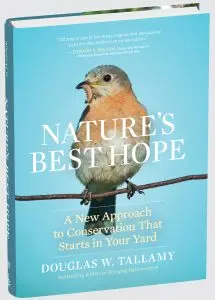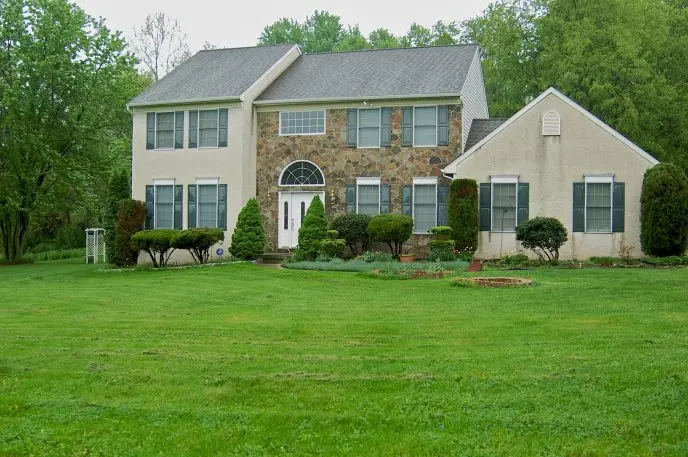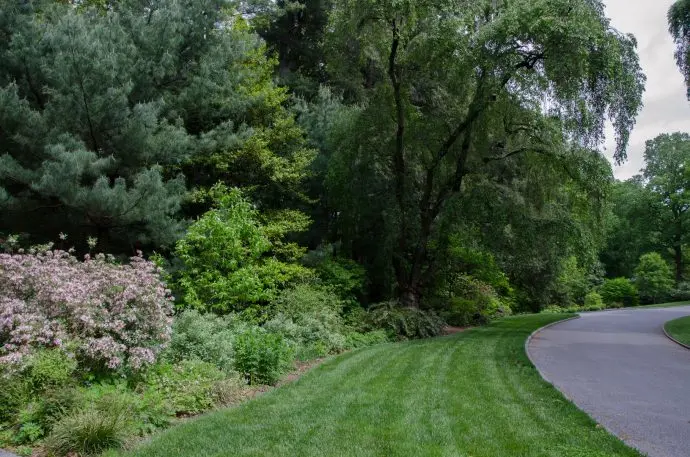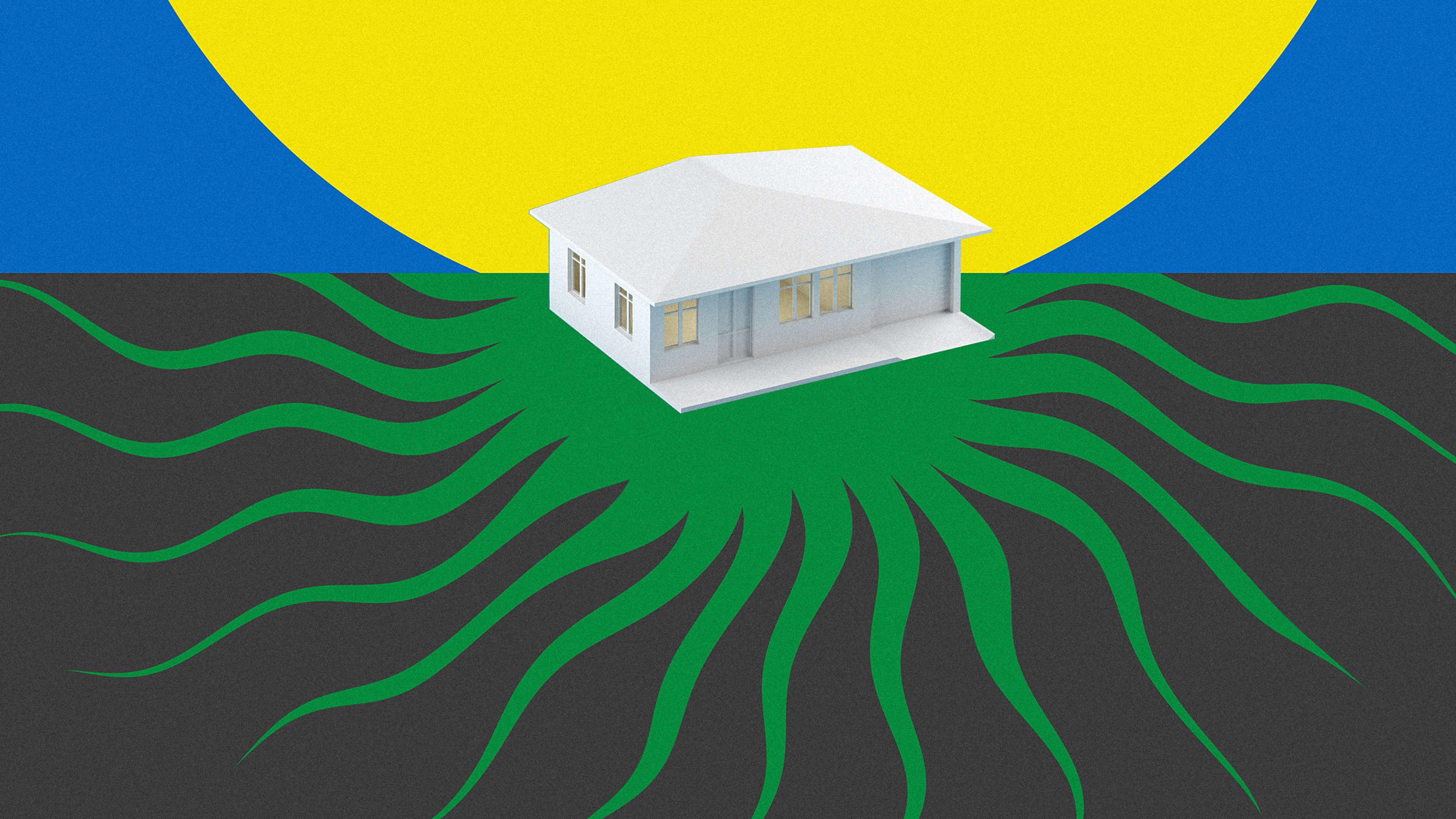There are, by some estimates, more than 40 million acres of green lawns in the U.S., making turf grass the largest irrigated crop in the country. A new book suggests that landowners repurpose some of their landscaping for another purpose: creating a “Homegrown National Park,” a connected network of more natural gardens that could help stave off the insect apocalypse and the collapse of broader ecosystems.

A recent U.S. report on biodiversity found one million plant and animal species at risk of extinction, and insects are at particular risk. Another paper in 2019 found that insects face a rate of extinction eight times faster than mammals and birds, and the mass of insects is dropping so quickly that they could disappear within a century; because insects are essential for nature to function, their loss could trigger a “catastrophic collapse of nature’s ecosytems,” the researchers wrote. The species at imminent risk include those that are well-known, like varieties of bumblebees and dragonflies, and those that are obscure, like the Ohlone tiger beetle.
Industrial agriculture, and pesticides, bear much of the blame. But habitat loss is another part of the problem. By repurposing parts of lawns as native habitat, and ending the use of chemicals on lawns themselves, insects would have a better chance of survival. So would birds and other animals that rely on insects for food, and plants that rely on insects for pollination.

A typical American lawn made of non-native grass, modeled originally on landscaping that wealthy European landowners used on their estates to signal that they were rich enough to avoid growing food on vast swaths of land. In American suburbs, there’s an expectation, often codified in local law that specifies how grass should be maintained, creating an unbroken sea of green across front yards. Lawns require huge amounts of water—by an EPA estimate, nine billion gallons a day—more than native plants adapted to local regions. They also don’t absorb carbon as well as other plants. “The cool season European grasses that we have as our primary turf grasses have very short root systems,” Tallamy says. “Compared to any other plant, they’re the worst at carbon sequestration.”

He calculates that if homeowners converted just half their land to native plantings, it would collectively create an area larger than all national parks in the lower 48 states combined; it would also create better connections between existing national parks and preserves so that animals would have a better chance at survival. Even the smallest animals, like insects, struggle when their populations become fragmented, limited to the range of a preserved area.
It’s challenging, of course, to make changes to how Americans use yards, especially when some communities strictly enforce community. In some cases, people may need to change the rules. “Homeowners associations have been a barrier,” he says. “What I tell people to do is infiltrate them, you know, join them: become the president and an educator. They’re going off rules that were made in the ’70s. They were made to keep the status of the neighborhood up. It had nothing to do with the local ecology.” Native plants, he says, can be used in landscaping in ways that look more formal and not wild and overgrown, especially in front yards. One of the simplest ways to start is by planting a native tree, and then using the area around the base of the tree to grow other native plants.

Companies can also make changes in landscaping, as some are beginning to. Google, for example, has worked to restore wildlife habitat around its corporate headquarters, and has suggested that companies and cities could work together to create larger networks of native habitat. Tallamy suggests that native planting could happen on many types of land, including roadsides, golf courses, and land beneath power lines. He calculated that there’s an area of land available larger than 13 states combined, including California and Texas. “Finding a place to do this isn’t the issue. It’s just having the will to do it,” he says.
The idea of abandoning the lawn isn’t new; Michael Pollan wrote about the case against lawns, including the ecological argument, as long ago as 1989. But there’s growing interest now in making changes. In California, for example, after a years-long drought that may be returning again now, many homeowners did shift away from lawns to drought-friendly plants. And others are becoming more aware of the potential benefits for nature of making the change. “Most people know there are problems, but they don’t know what the solutions are,” he says. “And when they hear that there’s something they can do that will actually make a big difference, they get excited about it. That big cultural shift where this is the norm hasn’t really happened yet, but we’re headed in that direction.”
Recognize your brand’s excellence by applying to this year’s Brands That Matter Awards before the early-rate deadline, May 3.
